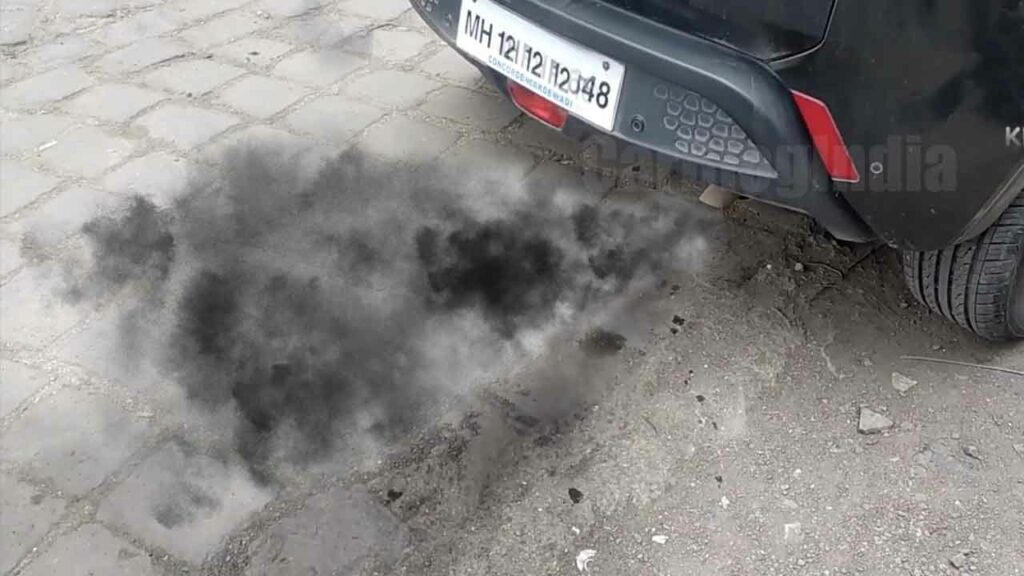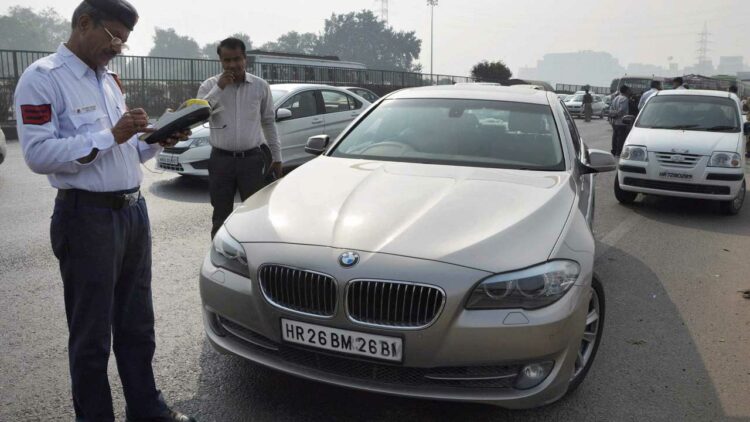Delhi’s poor air quality has been a long-standing problem. Every year, especially around November, it’s at its worse. Much of this can be attributed to the relentless crop residue burning in neighboring states and constant industrial emissions. While the authorities seem to be taking their own sweet time to mitigate the root cause, the entire National Capital Region (NCR) faces a huge environmental crisis. To tackle this recurring issue, the Delhi Government has outlined fresh measures aimed at bringing some relief to its residents. As a part of this, it has just enforced GRAP IV measures in NCR. Let’s break down what’s happening and how the new plan intends to address the health emergency.
You may also like: Here Is How You Can Check Yourself If Your Car Is BS4 Or BS
GRAP IV – Ban on BS3 Petrol & BS4 Diesel Cars and other Vehicles in Delhi-NCR
- The BS3 Petrol and BS4 Diesel car ban levied under GRAP III stays in action during GRAP IV. Under this, BS3 petrol and BS4 diesel LMVs (4-wheelers) can’t be used in Delhi, Gurugram, Faridabad, Ghaziabad and Gautam Budh Nagar.
- Diesel-powered medium and heavy goods vehicles (MGVs and HGVs) registered in Delhi and rated BS-IV or below are prohibited within city limits. The only exception here is for vehicles being used for essential goods transport or services.
- All BS-IV diesel vehicles registered outside of Delhi are similarly restricted from entering the capital.
Other Restrictions under GRAP IV:
- Entry of trucks into Delhi is heavily restricted, with exceptions only for vehicles transporting essential commodities, offering crucial services, or running on LNG, CNG, or electricity.
- Non-Delhi registered light commercial vehicles are also banned unless they are EVs, CNG-operated, or meet BS-VI emission norms while carrying essential goods.
- All construction and demolition work related to public infrastructure projects, such as roads, bridges, highways, power lines, and pipelines, has been suspended.
- Linear public projects like flyovers and telecommunication installations are also halted, continuing from the Stage 3 protocols.

What Does This Mean for Delhi-NCR residents?
For residents and businesses, the measures translate to tighter transport regulations and halted infrastructure work. This may impact daily commutes and ongoing projects. While such restrictions are disruptive, they are necessary steps to tackle the city’s choking pollution levels.The introduction of GRAP IV highlights criticality of the situation. While these actions may bring temporary relief, the larger challenge of sustainable air quality improvement looms. Residents are encouraged to stay indoors, use air purifiers, and avoid outdoor activities. As the crisis deepens, these measures underscore the urgency of addressing not just the symptoms but the root causes of Delhi NCR’s air pollution.



